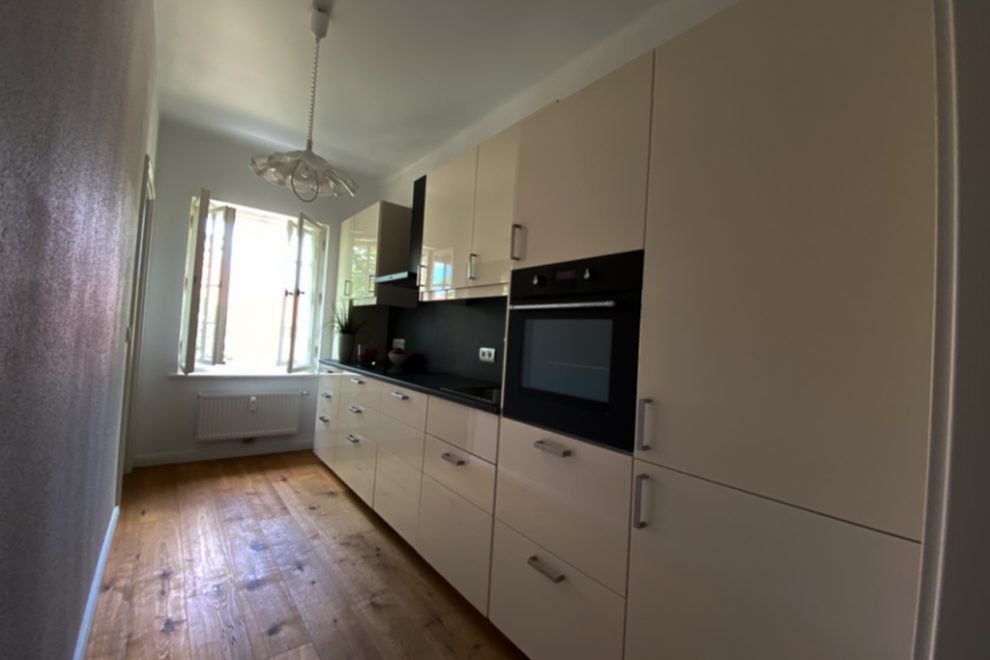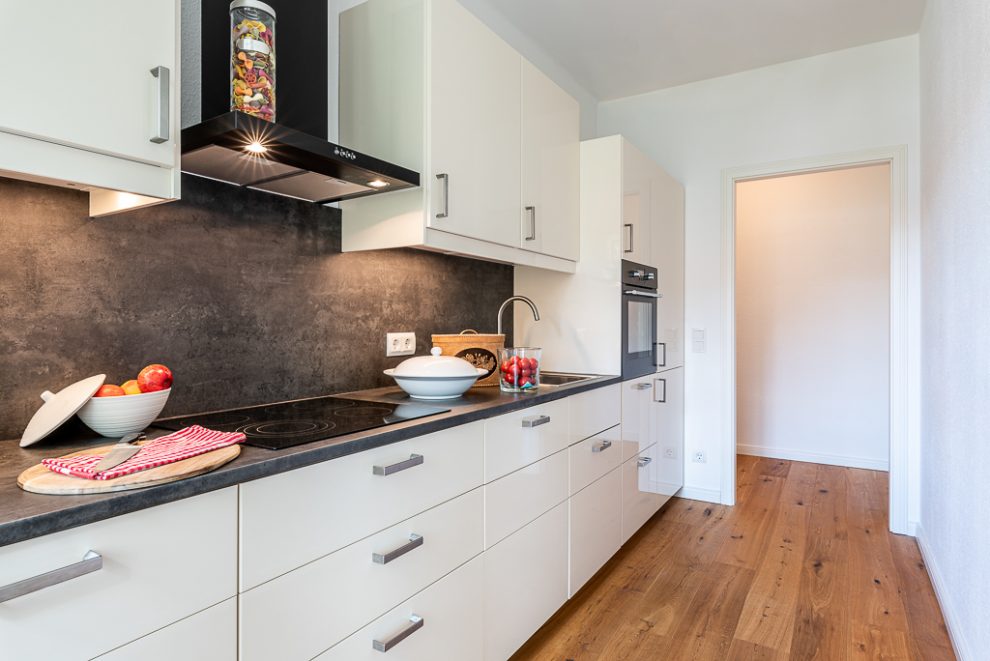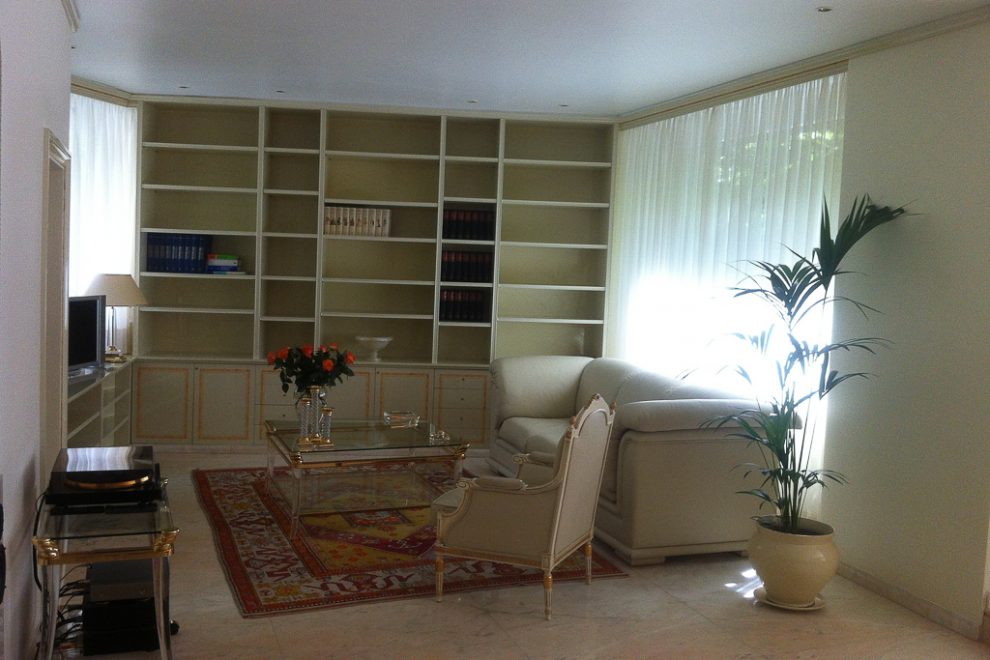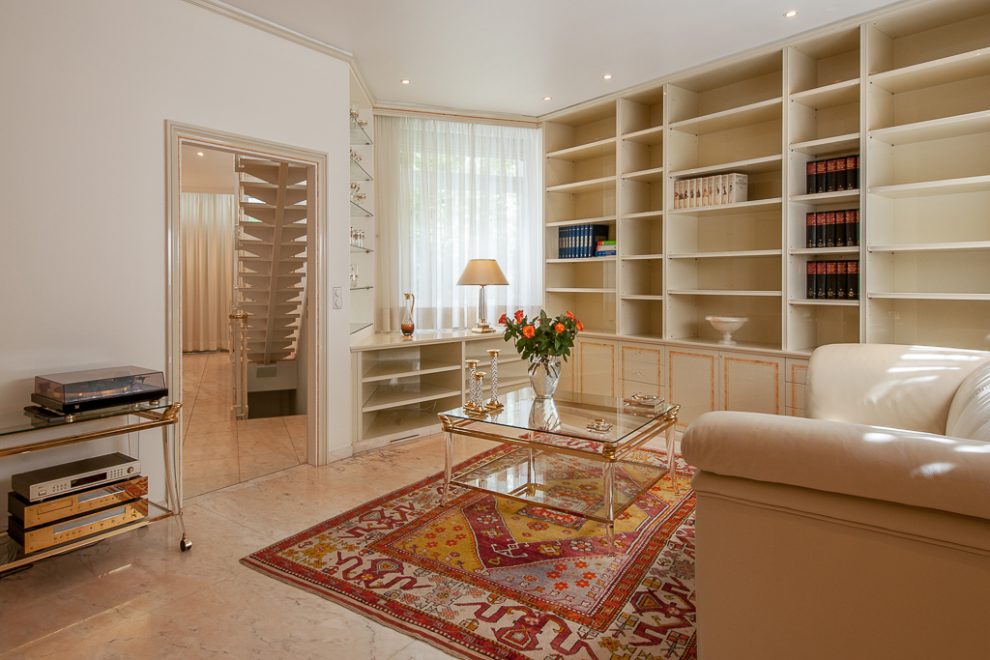 You might think that pros only shoot great photos and never miss their subject. But you are wrong about that. Because bad real estate photos are simply not shown.
You might think that pros only shoot great photos and never miss their subject. But you are wrong about that. Because bad real estate photos are simply not shown.
The truth is, I don’t always score straight away either, but the world doesn’t see those misses. (Okay, of course, my error rate is significantly lower than is the case with casual photographers.)
There are subject matters where the perfect photo succeeds instantly. And there are scenes that drive you nuts. It sometimes happens that I return from a photo shoot with 30 shots and only 15 make it into the final.
Reasons for bad real estate photos
1 Lack of Knowledge and Insufficient Equipment
As a photo amateur you need at least basic photography knowledge and of course the right equipment. But a photo professional should naturally have the right arrows in his quiver in order to achieve good shots quickly. His specialization in real estate photography is of course an advantage.
Left: unmotivated quick shot with image errors (sharpness, brightness, contrast, viewing angle, alignment and much more),
Right: real estate photo supplied to the client (incl. decoration 2 min effort)
2 Personal Distraction
Personal well-being also is important. Rested and stress-free, you can work with more concentration, which has an immediate effect on the reject rate. Anyone who is sensitive should avoid any excitement (anger, coffee, etc.) and distraction (conversations with the owner, telephone calls, etc.).

Relaxation before shooting: If you feel stressed or tense as soon as you arrive, it’s good to pause for a moment. I’m by no means a person with an affinity for esotericism, but the following helps me: I briefly think of a beautiful photo scene that I experienced and after half a minute I’m fit again. This makes it possible to take photos more efficiently and avoid bad real estate photos.
3 Planless Action
It’s also bad if you don’t have a plan beforehand as to which angles of view are actually suitable. To solve this, is relatively easy for brokers because they already know the property in question. If I have to photograph an object, I always do a short tour first. For more complex properties, I also like to create a shot list with my smartphone. I can then photograph these with professional equipment. This also guarantees that I don’t forget any important perspective.
Left: just snapped, right: viewing angle shifted 2.50 meters to the right,
Sense of space and visual axis created, chair and laptop removed from the scene(2 min effort)
4 Lack of Patience
And then there are subjects where details matter. At first you think that a good photo has been taken and you realize on the spot on the camera screen that it is not yet optimal. Small corrections make a better picture (move chairs, arrange cushions, straighten curtains, turn lights on/off, etc.). Sometimes there are multiple runs. With the right camera equipment and the right know-how, however, each follow-up shot can be created very efficiently.
And in the end, it often comes down to the scene itself. Undoubtedly, there are unattractive scenarios, especially in inhabited properties. Here it is up to the emotional intelligence of the real estate professional to persuade the residents to establish at least some kind of basic order.
How many pictures should you show?
The idea of publishing 30 or more photos of a single-family property is absurd. There are usually not that many subjects worth showing for objects of this size. There would certainly be a lot of duplication.
Much more important, however, is not to bore a potential viewer of a photo series. In addition to varied images (overview shots, detailed shots, perspectives), their number is decisive. 10 to 15 photos should be enough for a crisp presentation. For large properties, feel free to scale up this number, but never show more than 25 photos or viewer interest will turn to rejection. They will simply be overwhelmed.
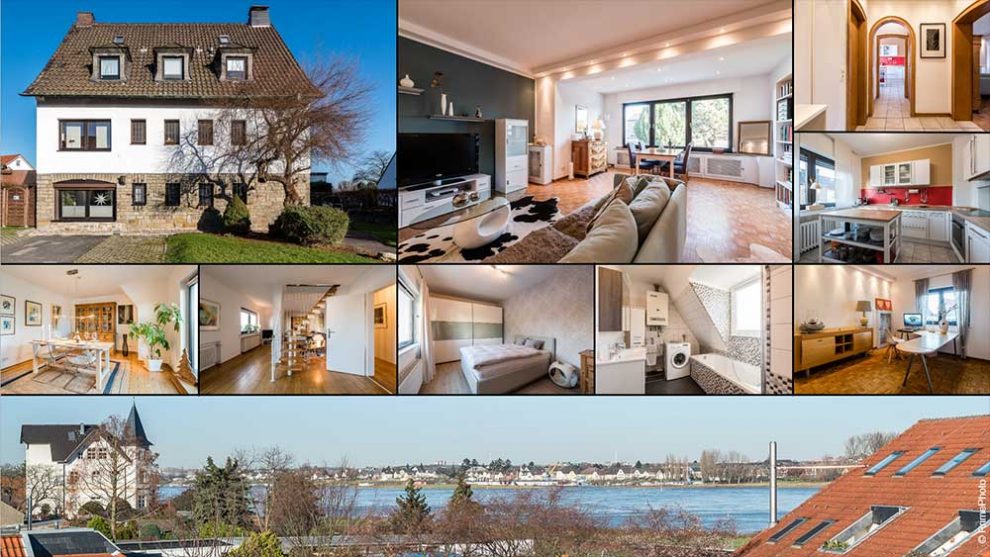
Simple photo series: These 10 photos describe the apartment in this house sufficiently well.
Therefore, only one real estate photo should be shown of each subject, possibly supplemented by an interesting detail shot.
This also means that only the best photos may be shown. Quality beats quantity by far. And never forget: Real estate photos are the business card of every real estate agent. They are the first thing that potential buyers notice and thus shape the reputation of the real estate professional even before he could properly introduce himself.
There are service providers who deliver 100 or more pictures for the object mentioned above and then boast of a low price per picture. That may seem lucrative on the offer paper. In order to keep this price, only a minimal image correction on the computer (if at all) is included. In the end, they leave the maker alone with the selection of the really suitable motifs and the final image processing. Who, as a non-professional, has the time and the eye to select the right photos from the images and polish them up in post-processing? Effort and benefit must be carefully weighed here.
Bad real estate photos should not be shown
Real estate photos that have classic image errors must not make their way into the final presentation (online, exposé, slide show, etc.), because that means that every real estate professional degrades the good reputation he has been built up with great effort. He has no chance to justify his flawed images. The usual errors are:
- A strict knockout criterion is the lack of or incorrectly positioned image sharpness as well as shaky footage.
- Photos that are incorrectly exposed (too bright, too dark) disrupt a harmonious series of images.
- Uncertain viewing angles and crooked images don’t have to be presented to the public.
Still, images that don’t pass your rigorous quality check don’t need to be thrown away. In my photo workshops for real estate professionals, I like to refer to these failed real estate photos as „drawer images“. If you are already in contact with a client, these photos can be pulled out of the digital drawer if necessary, for example to answer questions about details. But then you always have the opportunity to personally explain to the customer that the picture in question is not quite sharp, too dark, poorly photographed, etc. In this way, your public image will be kept intact.
Of course, it is better if you have taken perfect photos beforehand.


